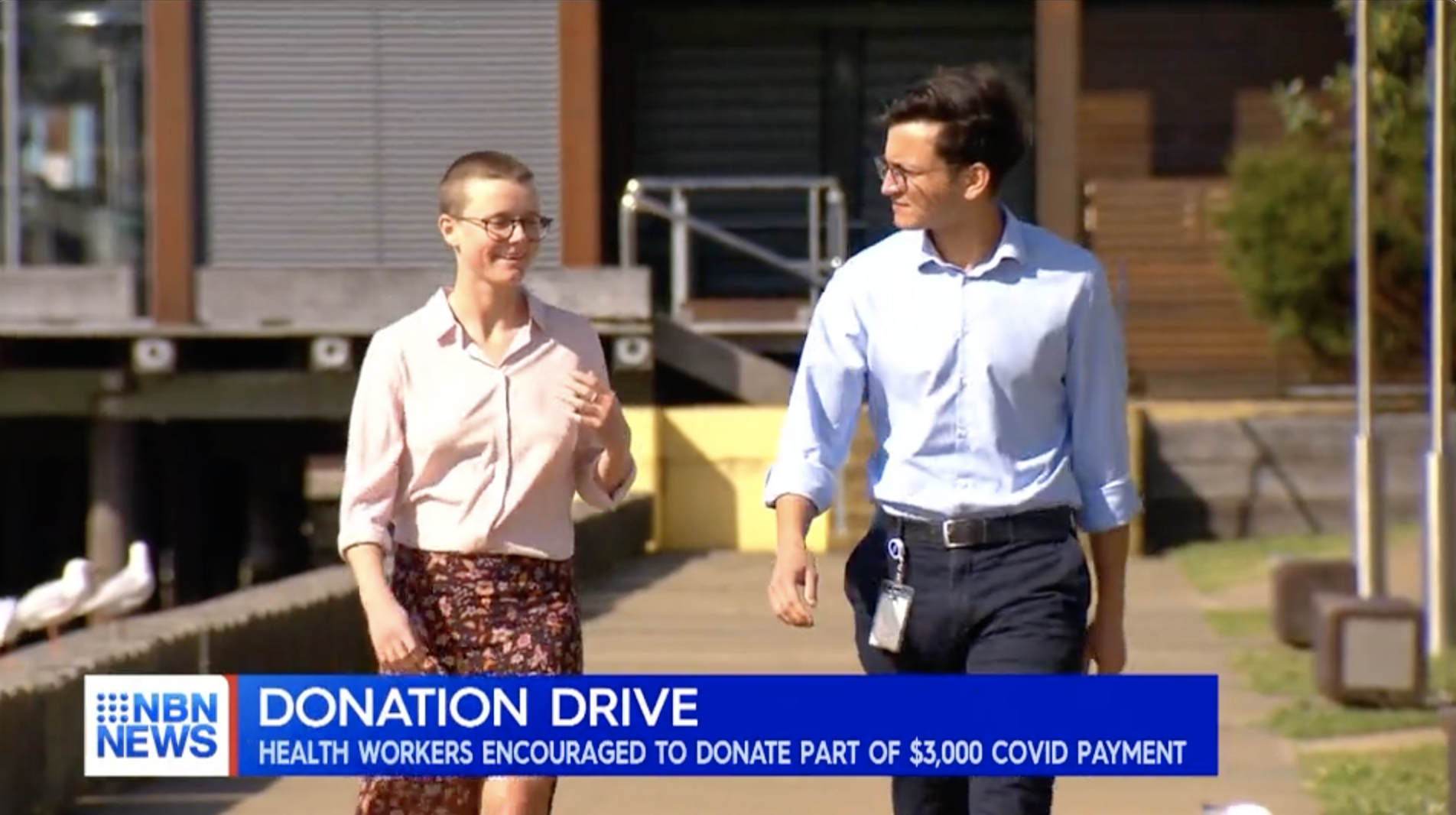Four out of five cases of blindness are fully reversible. Blindness and visual impairment disproportionately affects the global poor. Roughly 90 percent of the world's visually impaired live in conditions of poverty.
Four out of five blind people live with reversible forms of blindness. And yet these four out of five people continue to live in the dark.
Upon reading this statistic in a monthly newsletter from The Fred Hollows Foundation, I was indignant and fraught with disbelief. How was this possible? I was raised with the impression that blindness was a terrible and permanent impairment, only to now learn that incurable blindness is the exception.
Globally, 285 million people are visually impaired, and 39 million of them are blind. About 90 percent of the world's visually impaired live in low-income settings. Yet 80 percent of all visual impairment can be prevented or cured. I was staggered when I learned these facts for the first time. Likewise, my friends, upon learning these statistics, were equally bewildered.
I care about reversing preventable blindness because a few years back, my own sight began to deteriorate–a condition that contributed to regular piercing migraines. Yet unlike the global poor, I have always had the good fortune to receive appropriate eye tests, glasses, and other required treatment. Like most of us who live in economically developed countries, I have always had access to an abundance of vision treatment and care.
As I learned more about The Fred Hollows Foundation's interventions to reverse blindness among the global poor, I grew angry with myself that I had taken for granted my own vision and eye care. I found it frustrating to know that the 80 percent of those living with blindness might have had perfect vision if they were raised where I live, here in the UK. And yet these individuals remain unnecessarily blind due to preventable cataracts or eye diseases like trachoma–a bacterial infection exacerbated by the conditions of poverty.
The Fred Hollows Foundation estimates that it costs as little as $25 to reverse blindness through cost-effective interventions. Last year, 728,788 eye operations and treatments were performed by The Fred Hollows Foundation — including 119,805 cataract operations, 16,237 diabetic retinopathy treatments, and 23,396 trachoma surgeries. For the total price of my last five years of appointments, glasses, and tests–not even including the expenses covered by the National Health Service–innumerable visually impaired children could have been given renewed vision and a new start in life.
For as little as $25, we can restore sight to those living in need. Consider the case of three-year-old Cesaria, who lives in Burundi. Blind from birth, her parents abandoned her. Her grandmother, Veronica, moved heaven and earth trying to get Cesaria necessary medical care. Thanks to The Fred Hollows Foundation, Cesaria's grandmother found Dr. Levi, the only person qualified to perform cataract surgery on children in Burundi, a country with a population of 10 million. Dr. Levi was able to give life-restoring sight to Cesaria. This means that Cesaria will finally have the opportunity to begin attending school, benefiting from educational opportunities that may help save her from a life of poverty.
Every time I have eye tests now, I keep Cesaria's story in mind. I fret less about headaches and attempt to purchase cheaper glasses, worrying about neither fashion nor style. Those of us who aren’t physically blind must take care that we do not become emotionally blind to the struggles and unwarranted hardships of the global poor.
Preventable blindness need not be the tragedy. On the contrary, the real tragedy is our failure to see how a needless struggle should and can be eliminated.
And the good news is that we can prevent this tragedy today, first with our outlook, then with our actions, and finally with our wallet.
Visit The Fred Hollows Foundation to learn more about how you can help those like Cesaria receive the life-changing gift of sight.



